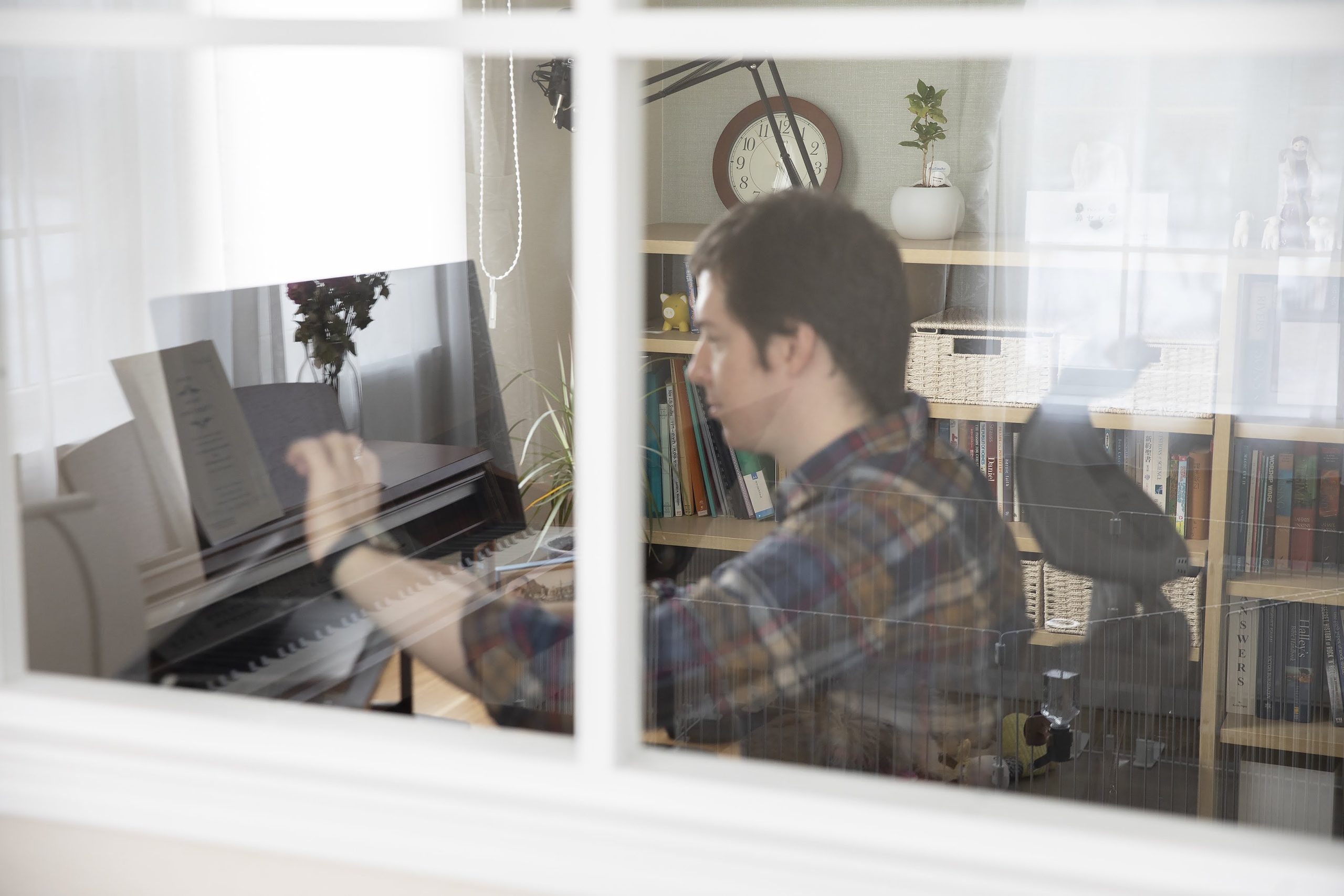In my enquiry and working towards my reapplication, I have been led to the WordPress.com Tutorial page. The site title (as found in the tab) is called Tutorials and Courses for Beginners – Learn WordPress.com. As part of my studies, I decided to work through the tutorials and see what WordPress.com offers as a standard learning process for those new at setting up a site with them.
This post is going to be more of a summary of each of the chapters listed in the tutorial. As it is quite extensive, I decided to try editing the HTML code of this post to include a page index here. You should be able to jump to the corresponding section in this post by clicking each of the following items. I hope this will help navigate to different portions, should you come back later to finish reading different topics. (I can’t actually confirm the menu works in the preview… I’m going to publish this post and if it doesn’t work, and it just turn out to be a simple list of titles, then I’m sorry????)
- Get the Most from WordPress.com
- Get Going Fast: A Checklist
- Get Your Site Going: The Movie
- Get Started
- Get Comfy
- Get Personality
- Get Configured
- Get Published
- Get Flashy
- Get Connected
- Get Mobile
- Get Lingo
- Get a Homepage
The tutorial was very informative and I wish I had found it when I first started out on WordPress! I have had to learn the different concepts here through my own trial-and-error over the years. But it is actually not really a surprise that Automattic took the time to collate all this information for new users. The content is concise, the design is neat and they even throw in a bit of fun here and there? My hope is you will find something new and interesting from the tutorial, too.
1. Get the Most from WordPress.com
A good index and overview of what the tutorial is about. Nothing new here for me, but a good place to start at!
2. Get Going Fast: A Checklist
The opening paragraph to this page describes the content very well.
Feel comfortable with online tools, and don’t want the step-by-step version? The Quick Start Guide takes you on a no-nonsense tour of the basics.
from https://learn.wordpress.com/quick-start-guide/
Basically the content of this page is a summary of everything written in the main tutorial. Each section concludes with a “Learn More Here” link that will take you to the corresponding section in the main tutorial, so it’s easy to move between the two depending on your understanding of each topic. If you’re new at blogging on WordPress.com, then I highly recommend reading this page at least to get a good overview of what their services are about.
3. Get Your Site Going: The Movie
Here, WordPress.com has provided five 3-minute videos to watch. These are great for those who are better at processing visual and audio information over written text. The videos don’t waste a lot of time on intros or music or other effects like that, but are neat and get right down to the point.
And finally, the main content of the tutorial starts from the next chapter.
4. Get Started
This chapter walks through setting up your WordPress.com account and setting your public profile. If it’s been a while since you set up your account, then it might be a good idea to go back to your profile page and see if your info is current. I remember I went back and updated my info last year when I made my first application. It had been two years since I first created my account and some of the information needed renewing.
5. Get Comfy
This chapter is about the WordPress Reader. While your blog is where you publish information to the world, the Reader is a good place to follow and read information the world has published to you. And I say to you, just as WordPress emphasizes this personal aspect, as the Reader is customizable. By following blogs or adding tags you are interested in, the Reader prepares a personalized feed of posts to match your preferences. I myself have learned a bit about blogging from following other sites and finding posts related to the tag “blogging”.
6. Get Personality
This chapter explains the process of choosing and applying a theme to one’s blog. It showcases the theme info pages and how to search for certain criteria in themes. What I found interesting was the fact you can tryout themes for your blog without actually publishing it. When selecting a theme, by choosing “Try and Customize”, you can actually see how your site will look with the new theme applied, even without actually applying the theme. You can check different features out without messing up the viewing experience your readers are having right at that moment. Cool! That’s a new trick up my sleeve… 🙂
7. Get Configured
This chapter talks about customizing the theme you chose to give your site a more personalized feel. It talks a bit about custom headers and how you can design one. They include a list of resources for free images and also introduce two third-party applications that will help you design your image or create a site logo. I had never heard of the two free image editors Pablo or Canva, so have made a mental note to check those out later.
Another thing they recommend doing is changing the colours and fonts of your site. I have already applied a personalized background color to my site – a pale off-white. But I had never looked at custom fonts. So, I went and updated my fonts from my customizer. (Did anyone notice? ?)
8. Get Published
This chapter talks about making posts, pages and menus. Personally, I was surprised they only talked about creating posts and pages in chapter 8! I believe this shows WordPress is not only keen about helping people post information, but helping people post information with style. The style and layout of a site is just as important as the content.
9. Get Flashy
This chapter gives an overview of the Widget feature. Widgets is a totally foreign concept for many people and this page on its own would probably still leave many questions unanswered. However, the page leads to many other resources about widgets, including the WordPress.com support pages and WordPress daily post articles. This page looks like a good index-type resource for those who have been blogging for a little while and want to give their site a bit more flair.
10. Get Connected
This chapter covers a few other features to use to draw in your audience and keep an eye on your following. It talks about adding tags and categories to posts, liking and commenting on other blogs, connecting your site to SNS accounts and understanding your statistics page. This page also includes a lot of links to other information, so may be a good read for when you have a few minutes.
11. Get Mobile
This page encourages using the WordPress app on mobile devices. It lists links to the apps for different devices (iOS and Android) and also has a link to posting with email. (That is something I still want to try out!)
12. Get Lingo
This page lists dozens of words that appear regularly through the WordPress.com services. Though most of them are self explanatory, it might be a good page to bookmark if you are new to WordPress. Keeping it handy for quick-reference will help you as you learn the ropes.
And finally…
13. Get a Homepage
Though WordPress is designed primarily as a blogging platform, it is easy to reconfigure your site as a web site compiled of many static pages. Infact, different features WordPress offers, such as widgets and shortcode, make it possible to add functionality and design that would be too complicated to implement with other site-building platforms out there. This page gives you a rundown on the key components that are needed to set up a site geared towards a web site, not a blog.
In Conclusion…
That was my rundown of the WordPress tutorial for beginners. There were a couple new points for me. More than anything, the amount of resources this tutorial links you to is phenomenal and, I found, would serve as a good index for future reference.
I am also trying out different features within my posts. This post was made with the new Gutenberg editor. Many people have been posting negative reviews, but I personally didn’t have any problems working with it. I added an HTML anchor to all the header items. I’m not sure how this was done in the old editor, but it was very easy with this new editor.
I know that was long, but thanks for reading!



Comments
4 responses to “Working Through the WP.com Tutorial”
Fabulous post
Thank you!
Please read my first post
Thanks, I read your first post. Good luck with your blog!